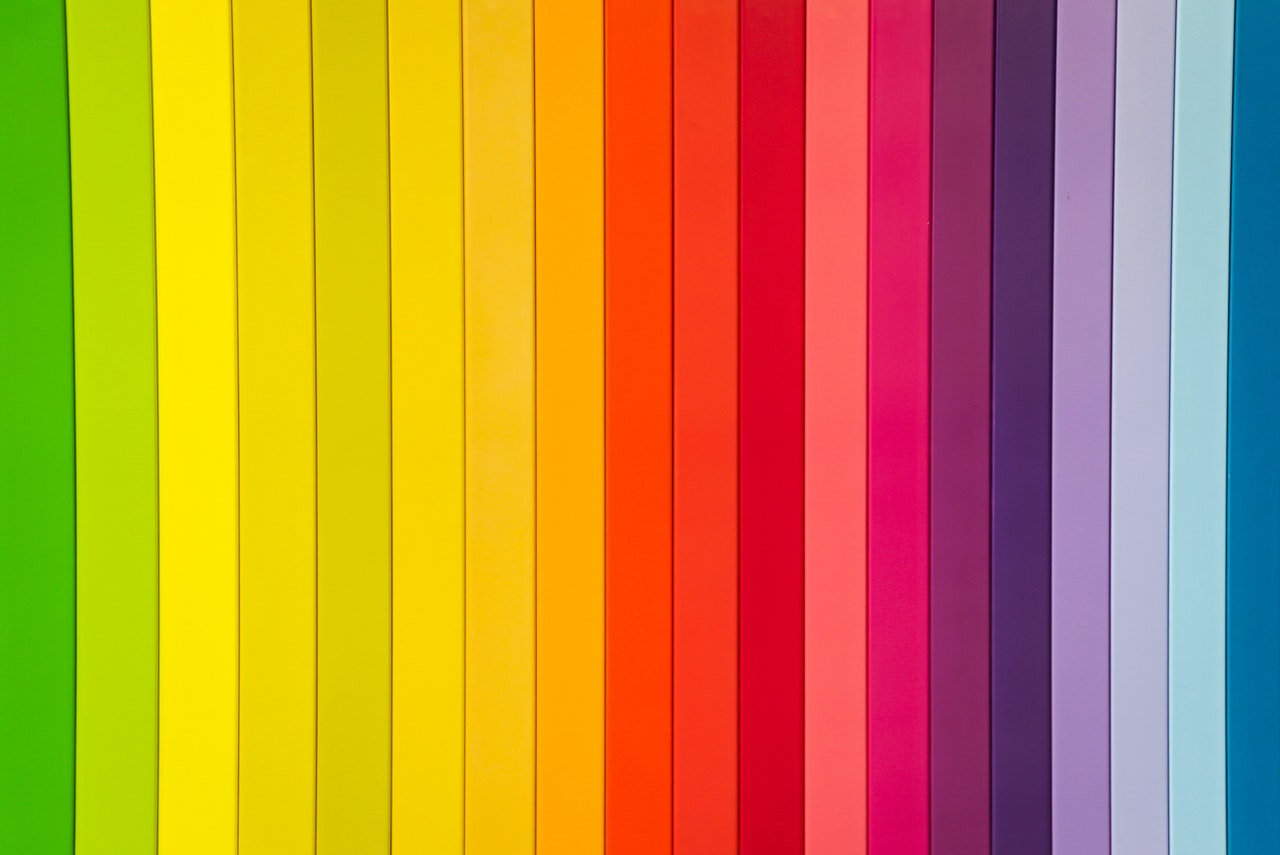Despite there being over one million shades of color in the spectrum, some of them are so rare that they’re almost impossible to come by. However, despite their rarity, these colors are still widely sought after by many fashion designers and large retailers alike due to their ability to complement practically any other color imaginable. Here are 10 of the most popular colors that don’t exist in nature.
1) Blue
Blue hues are created by mixing red and green pigments. Unfortunately, no matter how you combine these two colors, you can never get a blue pigment. By definition, a blue pigment is one that absorbs both red and green light — if you add more green to your mixture, all you’ll get is a yellow-green color. While there are some blue dyes that do exist (just not as paints), they are nothing like what we traditionally consider blue paint to be: these dyes react with oxygen when exposed to light and turn other colors. So while some blues don’t technically exist, they’re out there… just not as pigments or paints!
2) Light Blue
The color that most people know as light blue isn’t really blue at all. In fact, it’s pretty much just a shade of gray. However, if you’ve ever tried to buy light blue paint for your walls or a new paint job on your car, you may have noticed that there are dozens and dozens of different hues labeled light blue. So what exactly is light blue? It all depends on how light you want it.
3) Red
Red is all around us, but nowhere do we see it as clearly as in a stop sign. The color red is actually defined by a color model that describes which wavelengths of light are seen when looking at an object; red is just one of them. Red is part of a spectrum of colors that we label with names like scarlet, crimson, and vermillion, to name a few. It isn’t just one color.
4) Orange
Orange is one of those colors that we tend to consider as existing—we say things like orange trees grow in Florida. In reality, orange isn’t really a color at all; it’s more of a mixture between red and yellow. It’s still an important color—but strictly speaking, it doesn’t exist by itself. Instead, humans have mixed together these two primary colors (red and yellow) to create everything from pumpkin spice lattes to Washington apples. While you may think of orange as an independent color for its own sake, keep in mind that technically it only exists because someone took two other primaries and mixed them together.
5) Pink
It is derived from a color created by mixing red and white together. The only problem? There’s no such thing as white. It’s not actually a color, but rather what people call all colors that aren’t explicitly black or gray. Hence why pink doesn’t exist. Blue-green: The reason we have blue and green is that they’re opposites on an electromagnetic spectrum, meaning that when mixed together, they cancel each other out to form black, another color you can’t really see.
6) Yellow
The color of happiness, yellow is often used to evoke sunny days and bright feelings. However, have you ever seen a real shade of yellow? The color we call yellow isn’t really a true color; it’s actually an assortment of other colors combined together. When you look at a ray of sunlight, you’re seeing all of those colors in it (reds, greens, blues). So although your eye perceives sunlight as being yellow, it’s made up of other colors combined together to create that appearance. So when you add more blue or green to yellow paint on a wall, what you get looks nothing like a yellow light.
7) Purple
Purple is a color that does not exist in nature. The ancient Romans used to use a pigment called purple dye made from a type of orchid to color their clothing and drapes, but it was never exactly named purple. Instead, they called it Tyrian Purple after Tyre, an ancient Phoenician city. Today’s closest approximation of natural purple comes from two common berries: blueberries and mulberries. Blueberries contain anthocyanins that cause them to turn blue when cooked or freeze-dried — and these are usually considered safe for consumption.
8) Brown
White, Tan, and Black-White: Brown is defined as a dark shade of brown that can be anything from dark tan to almost black. It’s also known as cinnamon. The color brown is created by mixing white with tan. There are two variations of brown – light brown and dark brown. White, black, and tan make up white (or off-white). To create black you need white and tan in equal parts or very close to it. Black has been popular since the beginning of time. However, due to its many uses, we have ended up finding ways to make a lot more variations of it than just plain black!
9) Black
No color is as popular, or as synonymous with style, as black. Black is one of those colors that every single person can pull off in one way or another. It looks good on anyone and it goes with everything! But did you know that black has a name? It’s not just any name either: Its scientific name is Erythrulose! While some other colors have multiple names, black only has one.
10) Rainbow (neon colors, gradients, pastels all together in one color, not just as tints of red and blue)
The rainbow color exists in fashion, but not as a standalone color. For example, some Nike sneakers had a rainbow of colors splashed across them to represent pride in their work and teamwork. Many logos are also designed with a bit of an iridescent glow to them, which falls under colored neon instead of true rainbow colors. Rainbow (neon colors, gradients, pastels all together in one color) is simply too broad a description for there to be any official term for it; it would actually encompass all neon colors. All gradients would be referred to as such instead of being termed rainbows by themselves.
Concluding Words
When it comes to color theory, not all colors are created equal. Some pigments—for example, cadmium red, viridian, and cobalt blue—are inherently unstable; their molecules simply can’t survive when exposed to light. According to Victoria Finlay in Color: A Natural History of The Palette, only about one in every twenty thousand pigment molecules has stability properties that allow it to be used as a colorant. Since chemists can create synthetic versions of these molecules with stable properties (at least under certain conditions), we know that theoretically, at least some version of these popular color names could exist. But they don’t — they never have and they probably never will.

